Brief introduction of kona Kona, one of the most beautiful coffee beans in the world
Professional coffee knowledge exchange more coffee bean information please follow the coffee workshop
Qianjie Coffee has always mentioned that there are certain requirements for altitude in the cultivation of high-quality individual coffee. Many enthusiasts have learned that growing coffee with high altitude will have a better flavor and taste than those with lower altitude. But there is no certainty about anything. For example, like the coffee produced in Hawaii, although the altitude here has no advantage, it can produce coffee beans with good flavor and quality. The Kona coffee bean from Hawaii is the most perfect coffee bean in the world. Its fruit is unusually full, with cinnamon flavor and a well-balanced sour taste. In front of this article, let's talk about Kona Coffee in Hawaii, the birthplace of the queen of low-altitude coffee.
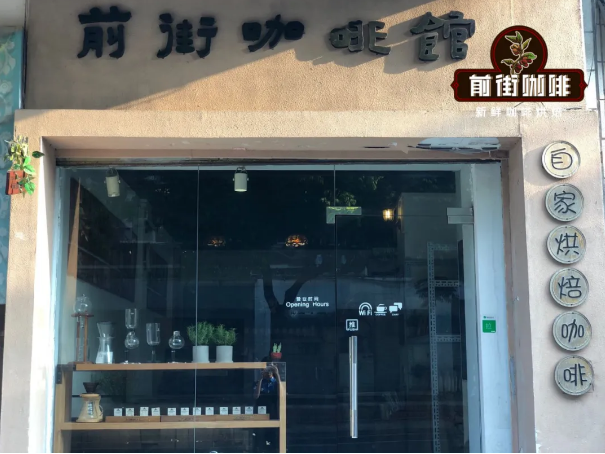
Planting History of Hawaii
When it comes to Hawaii, many friends think of the voices of Baik Woo-Hwa Beach and Yukri in the blue sky. Friends who like to drink boutique coffee are different! Hawaiian Kona Coffee must be in the minds of these little friends. Hawaii is the only coffee producing area located in developed countries, although the altitude is not high, but because of the special island climate, the quality of the coffee produced here is not low.
Hawaiian coffee first appeared in the time of King Kamehameha, and the first Spanish consultant, Don Francisco de Paula Marin, introduced Hawaii in 1817. But it was not planted until 1825 when Oahu Mayor Chie Boki introduced coffee from Brazil and successfully planted it in Manoa Valley, and coffee was grown all over the island. Bourbon coffee was introduced to the Big Island around 1828 and began to be grown on a large scale on the island of Kauai in 1836, but it was wiped out by diseases and insect pests in 1858, and the only one who survived was the KONA producing area of the island.
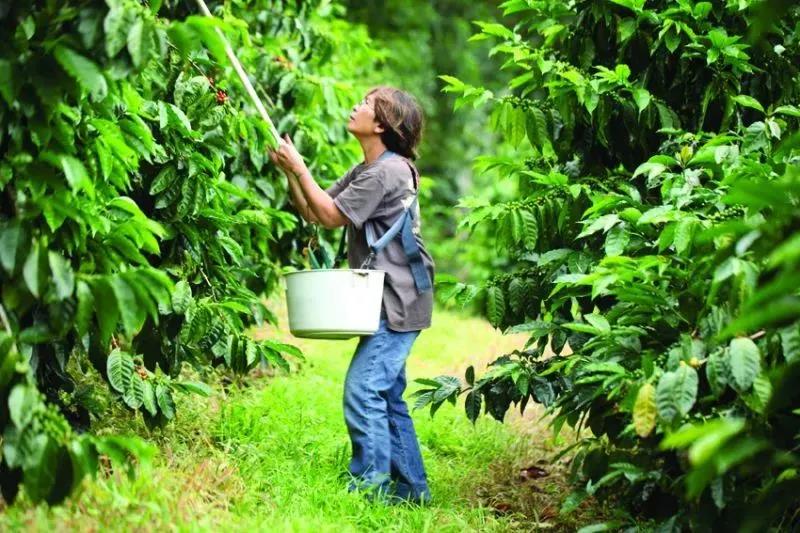
Island climate
Hawaii has an island climate, where the temperature does not change much throughout the year, but there is a large temperature difference between day and night, and there are enough clouds to block the sun. Although the average elevation of coffee producing areas is not very high, the quality of coffee produced here is not low due to Hawaii's special island climate and fertile volcanic soil. The regional flavor of island coffee is defined as soft fragrance and elegance. The thickness is slightly thinner, not as mellow as Indonesia's Mantenin, but also owes to Kenya's changeable acidity, but island beans are extremely expensive. Island coffee accounts for half of the world's top 10 expensive coffee, including: Jamaica Coffee Blue Mountain, Hawaii Kona and Curry Fog, Bourbon semi-decaf Coffee and St. Helena.
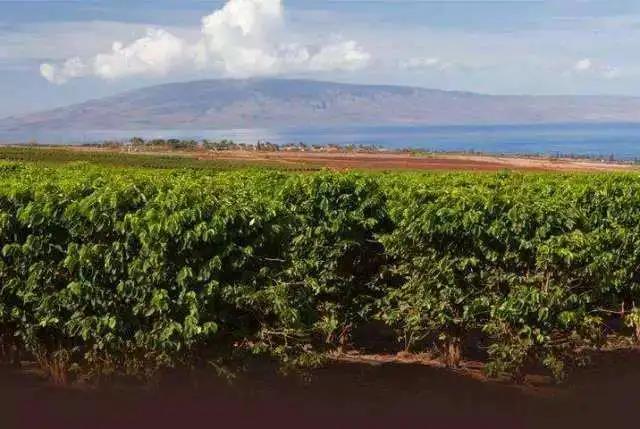
The trade-wind-blown Hawaiian Islands is the only coffee-producing state in the United States. it is a perfect coffee-growing area, and the Kona coffee beans are internationally famous as one of the best coffee in the world. The volcanic soil and tropical climate, coupled with slight humidity and regular afternoon showers, create an ideal planting environment that can only appear in idyllic poetry, and add some meticulous but unique flavor characteristics to the coffee beans here.
Hawaiian planting environment
The Kona Coffee, which is popular in the world, is born in the special climate of Hawaii. The elevation of the Kona area is about 600m, but because the climate belongs to the maritime climate, its climatic conditions are similar to those of the 1200m elevation in the Central American region. the mountains are rainy and much cooler than peacefully. Although Hawaii is often affected by tornadoes, the climatic conditions are very suitable for the coffee industry. In addition, Hawaii has plenty of rainfall and sunshine, and there is no worry of frost. The climate is very suitable, the sun in the morning gently passes through the air full of water vapor, in the afternoon, the mountains will become more humid and foggy, and the white clouds surging in the air are natural umbrellas for coffee trees, and the evening will become sunny and cool. Suitable natural conditions make the average yield of Kona coffee very high, up to 2240 kg per hectare, coupled with fertile land and fine management of farmers, making coffee suitable for growing climate. Make Kona coffee a boutique in the market.
Hawaiian coffee producing area
MAUI ISLAND
MAUI has a large coffee garden, Ka'anapali, which is divided into small plots, but coffee is produced centrally. The estate was a sugar cane plantation from 1860 to 1988 and was later converted into a coffee plantation.
Production area: 100-550 meters above sea level
Harvest time of coffee beans: September-January of the following year
Planting varieties: Kaduai, Kaddura, Ironka, Mocha
WAIKAPU,MAUI ISLAND
This area can be regarded as a relatively young coffee producing area in Hawaii, and the only coffee garden in the area is owned by a company located on the neighboring island of MOLOKAI.
Production area: 500-750 meters above sea level
Harvest time of coffee beans: September-January of the following year
Planting varieties: iron pickup, Kaduai
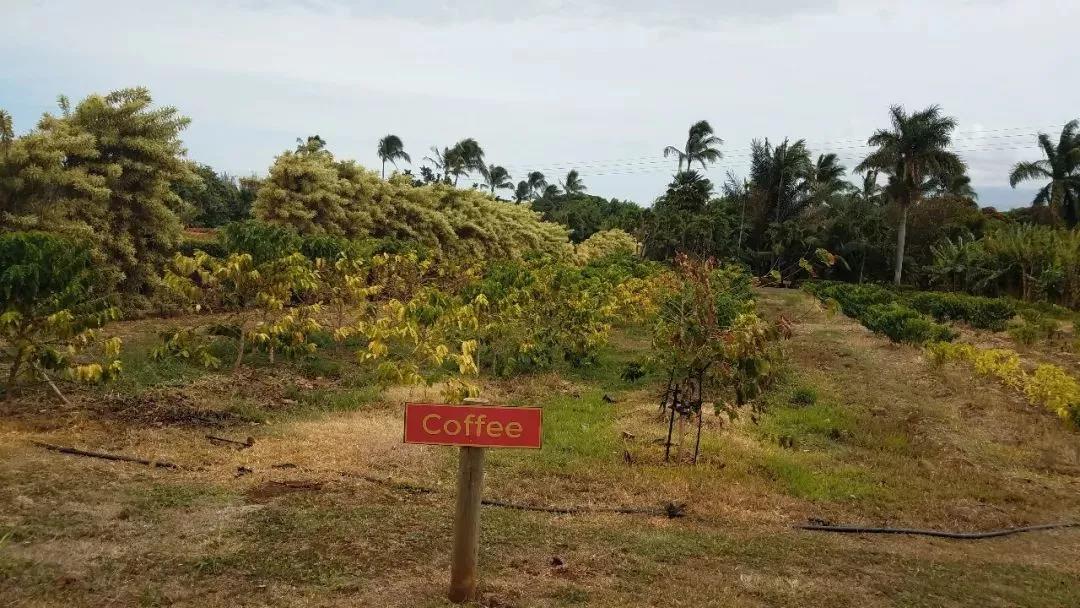
KAU,BIG ISLAND (coffee bean processing plant)
It was not planted until the sugar cane processing plant was closed in 1996, and before 2010, coffee cherries produced here had to be processed in neighboring areas, such as PUNA or KONA, but now a local processing plant has been built, so local people do not have to take coffee cherries to other places for post-processing.
HAMAKUA,BIG ISLAND
Coffee was grown here in 1852, and there were originally eight plantations. like other producing areas in Hawaii, the coffee industry began to decline because of the prosperity of the sugar industry, but coffee has been grown here since the mid-1990s.
Production area: 100-600 meters above sea level
Harvest time of coffee beans: August-January of the following year
Planting varieties: iron pickup, Kaduai
KONA,BIG ISLAND
The popularity of Hawaiian coffee mainly comes from this producing area, which is different from other producing areas in Hawaii, where coffee cultivation is more diversified. There are more than 630 coffee plantations producing coffee, mostly covering an area of less than 2 hectares. It is usually run by different families.
Located in the southwest of the Big Island, this area is 20 miles long and 2 miles wide, covering the slopes of Hualalai and Mauna Loa. Between 800 and 1100 meters above sea level, it is the most suitable environment for coffee trees to grow. As a result, the slopes of Horala and Mauna are covered with coffee trees. Only coffee beans grown in this area and subject to the most stringent certification standards can be sold under the brand name Kona.
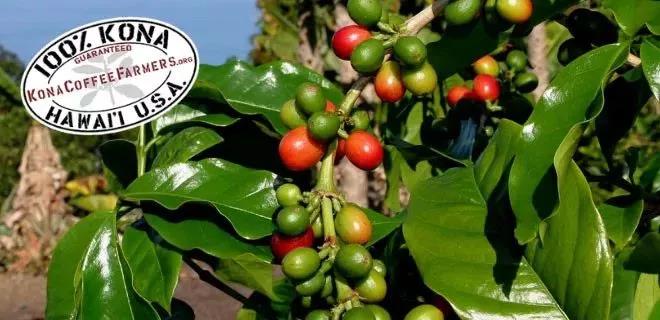
The unique natural environment of KONA region has given birth to Arabica coffee, which promotes it to become the plantation with the highest coffee production in the world. Not only the quality is guaranteed, but also the coffee cultivated under the unique growth environment and climate is more fragrant.
Every November, the Kona region of the Big Island of Hawaii hosts the Hawaiian Kona Coffee Culture Festival (Kona Coffee Cultural Festival) to celebrate the harvest of Hawaiian Kona coffee beans (Kona Coffee) and commemorate the 180-year-old tradition of Hawaiian coffee beans. During the nearly 10-day event, more than 40 coffee culture and competitive activities will be held in Hawaii, Big Island and Oahu to popularize Kona coffee knowledge and give tourists around the world a chance to get close to Hawaiian Kona coffee beans.
Hawaiian coffee variety
Typica is the oldest native variety in Ethiopia, and almost all coffee beans that Arabica now belongs to are derived from Ironpickup. Iron pickup has an elegant flavor, but its physique is weak, its disease resistance is low, and it is easy to be infected with leaf rust. The output of coffee beans is small, so it can not be economical. In recent years, iron cards in Central and South America have been gradually replaced by Kaddura and Kaduai. So the figure of the iron pickup is becoming more and more rare. Although the flavor of the iron pickup is elegant, it is not as popular as bourbon.
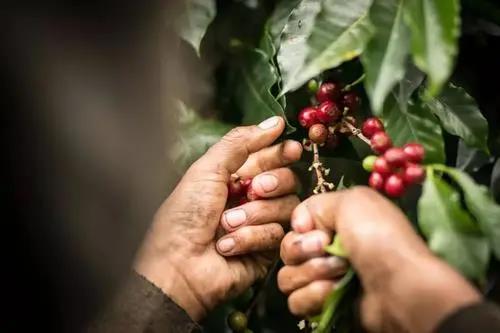
Qianjie Coffee believes that the top leaf of the iron pickup coffee tree is bronzed, and some people call it "red top coffee". With the environment, the iron pickup has been genetically evolved, and there are many mutants that can better adapt to the surrounding environment and produce new characteristics. They are usually considered to be new varieties, such as Manning coffee, blue mountain coffee, Kona coffee, Yunnan small grain coffee and so on.
The beans of the iron pickup are larger, cone-shaped or thin-shaped, which is different from the round beans of bourbon coffee beans. Iron pickup coffee has its unique quiet and clean flavor, as well as balanced features, high cleanliness.
Characteristics of Hawaiian coffee beans
The Kona coffee bean from Hawaii is the most perfect coffee bean in the world. Its fruit is unusually full, with cinnamon flavor and a well-balanced sour taste. And bright, Kona bean-shaped average neat, rich aroma when drinking, not bitter, not astringent, no scorched taste, no calories, with a strong sour sweet taste, rich, smooth, mellow taste. Real Kona coffee is indeed a treasure in the world, it is not easy to find, and it is the highest quality coffee. Because the products grow on volcanoes, Hawaii's unique volcanic climate creates Kona's unique aroma and highly artificially cultivated agronomy, so each bean can be said to be a spoiled lady with beautiful, plump and baby-like skin.
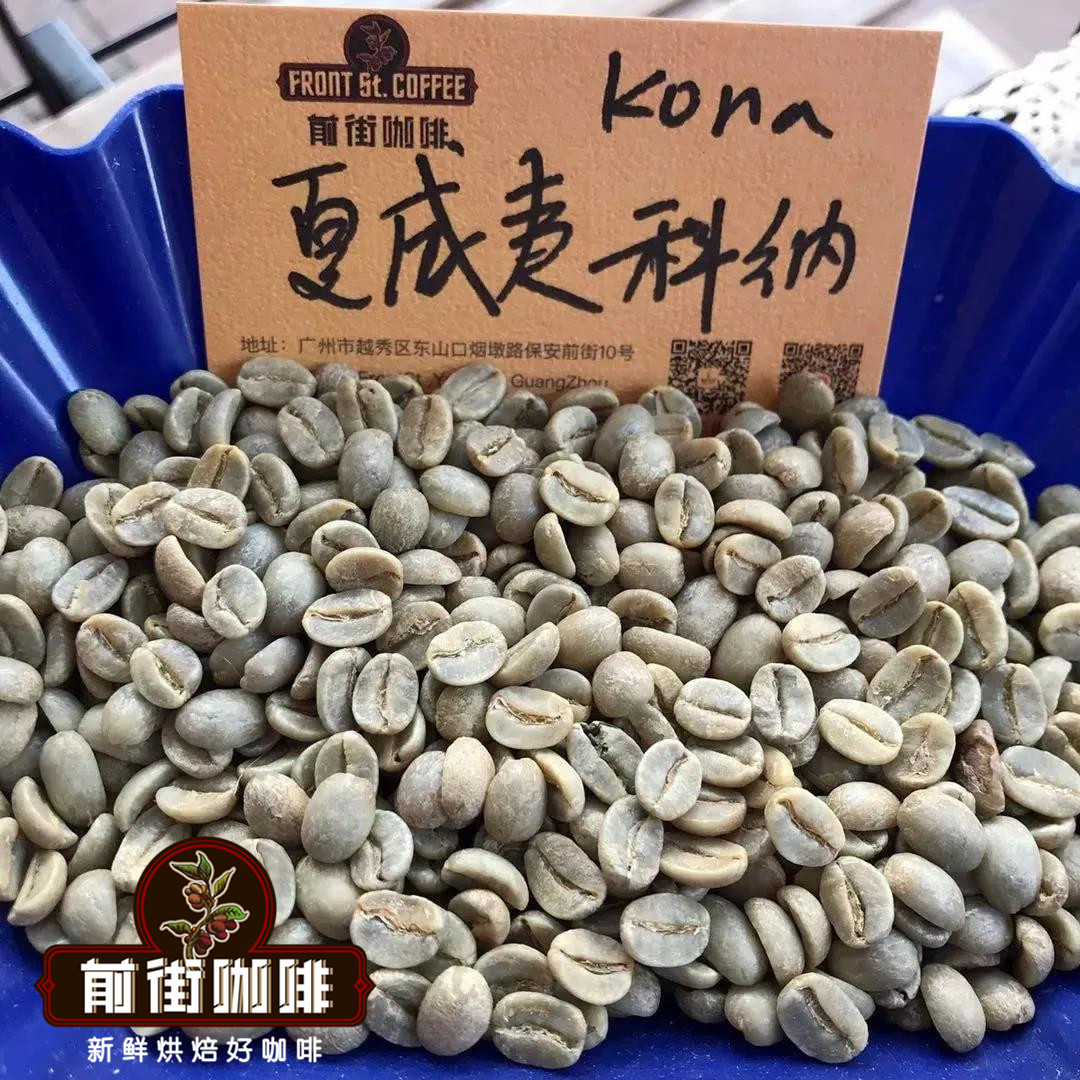
Hawaiian coffee treatment
Hawaii is mainly water washing. The biggest difference from the sun method is the use of fermentation to remove the pectin layer. After completing the fermentation and removing the pectin, the coffee beans will be cleaned again because the fermentation bacteria and impurities will remain on the coffee beans. In order to clean, this step will consume a lot of water, and then the fruit will be dried and shelled. Hawaii's clean and sweet mountain spring water provides the ideal conditions for washing, which creates the bright appearance and pure and fresh taste of Kona coffee beans. The washed coffee beans are placed on a huge plate and dried naturally by the sun.
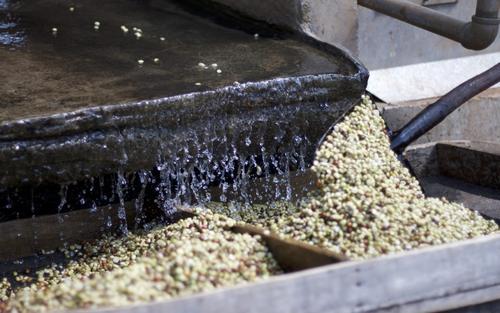
Aroma characteristics of Kona Coffee
The sweet and rich aroma of Kona coffee is even more outstanding in its clear texture. It tastes fresh, refreshing, fragrant and smooth, with excellent mellow and sour taste, strong aroma and a long aftertaste in the mouth. Kona coffee has a mixed aroma of fruit, wine and spice. Kona coffee, which is considered to be a high-end product, is a bean that has been familiar to Japan for many years. Kona coffee is characterized by reminiscent of the fresh sweetness of grass or trees, as well as the acidity and richness of citrus fruit. There is no muddy texture at all! Excellent and outstanding.
Coffee bean grading system
KONA coffee beans are mostly classified according to bean size, which can be divided into four grades, which are the most advanced Extra Fancy, Fancy,Prime and Gr. No.1 et al. It is also divided into Type1 and Type2.
Type1 is a standard coffee bean that contains the largest Kona Extra Fancy, followed by ratings from large to small: Kona Fancy;Kona Select and Kona Prime.
Type2 is an exclusive small round bean, including two grades of Kona Number 1 Peaberry and a smaller Kona Peaberry Prime.
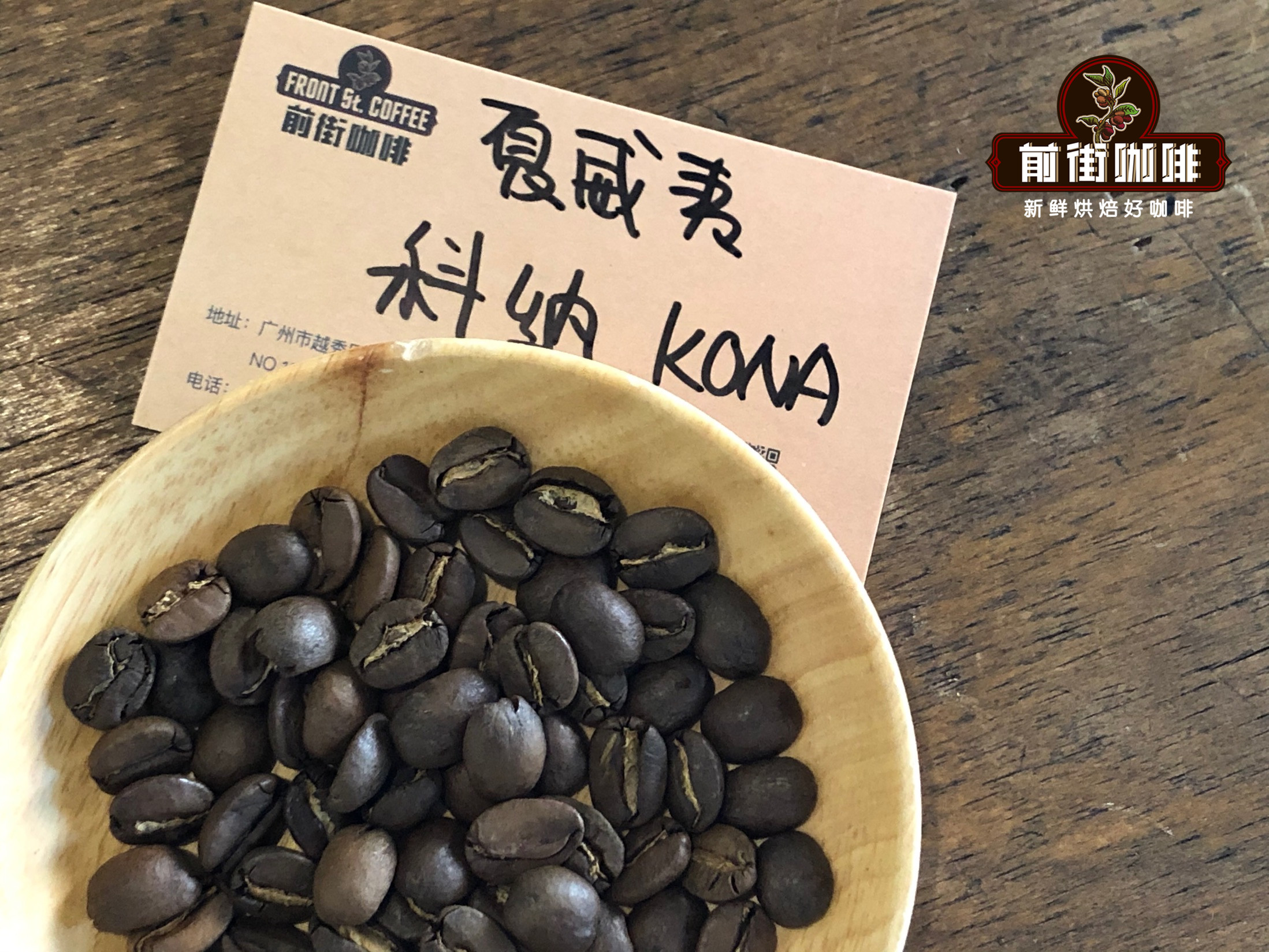
Producing area: Kona, Hawaii
Farm: Queen's Manor
Altitude: 1100 m
Variety: iron pickup
Treatment method: washing treatment method
Queen's Manor
Kona of Front Street Coffee comes from Queen Queen Farm Farm. In 2009, 2011 Geberia (Hawaii KONA Review) Cup Grand Prix, won the runner-up title. 70% of the harvest there is the top premium boutique beans, and it is a farm known for its high quality. Even the slightly inferior boutique beans have the aroma of super boutique beans, which people in the baking industry are amazed and full of praise.
Baking suggestion
Kona coffee beans are extremely plump, round in shape and bright in color, worthy of the name of "the most beautiful coffee beans in the world". In order not to destroy its beautiful appearance and highlight its rich nectar sweet flavor, Qianjie baker decided to use medium baking this bean.
Machine: Yangjia 800N, raw beans 550g into soybeans temperature: 200℃ yellow point: 5mm 39,35 ", 150.1 ℃ burst point: 95050g", 193.4 ℃ out.
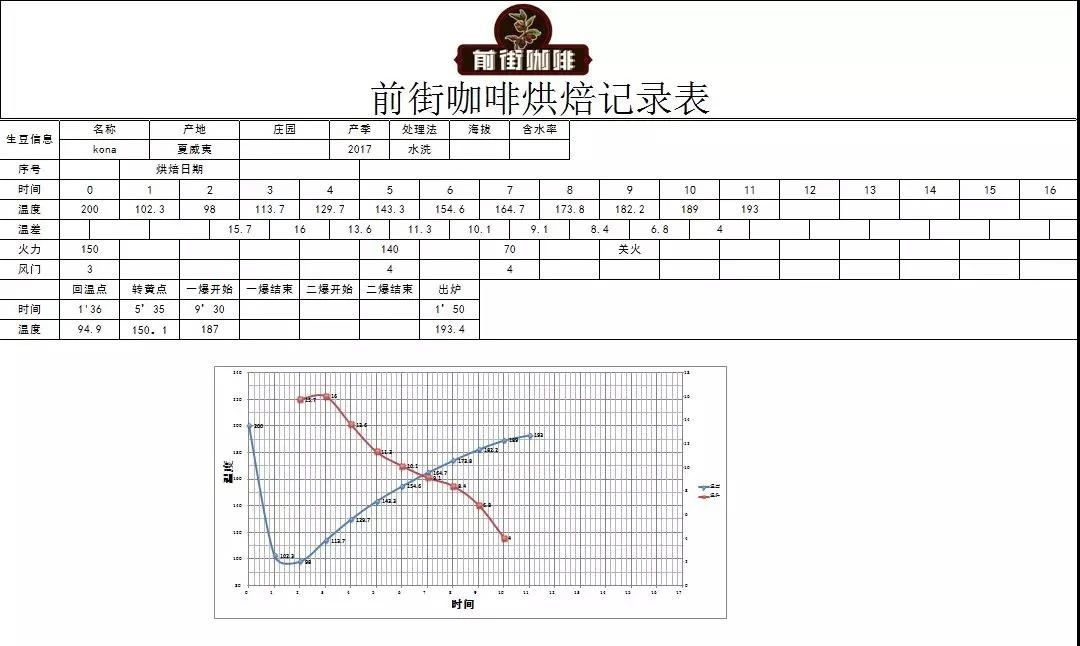
Cup test report
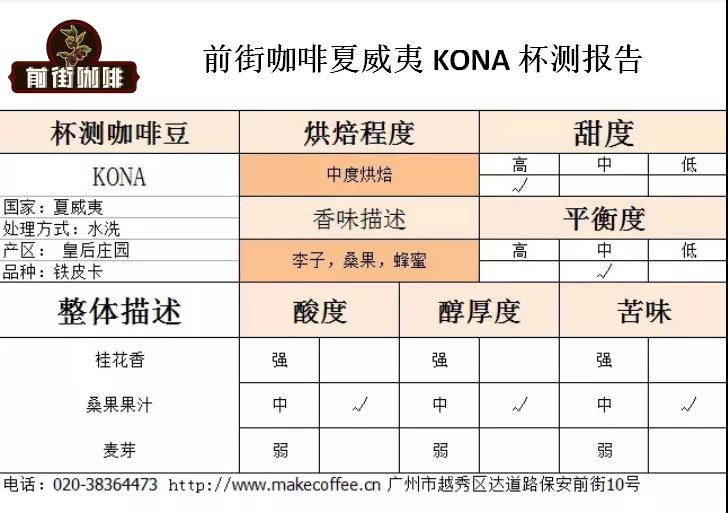
Qianjie cuisine recommendation
In order to fully extract the sweetness of Kona coffee, Qianjie uses higher water temperature and finer grinding degree for extraction, but in order to avoid over-extraction caused by high temperature, faster filter cups such as V60 filter cups will be used. The V60 filter cup is in a 60 °cone shape, and the tapered angle allows the coffee powder to be distributed centrally, and when water is injected, the water can automatically converge to the center of the filter cup to ensure that the contact time between the water and the coffee powder is sufficient, so that the appropriate coffee liquid can be extracted. In addition, the ribs on the inside of the body of the V60 filter cup extend clockwise from the bottom to the top, so that there is enough space between the filter paper and the filter cup, so that the flow of water is good. Coupled with the large holes in the bottom, the flow velocity is relatively faster than that of many filter cups.
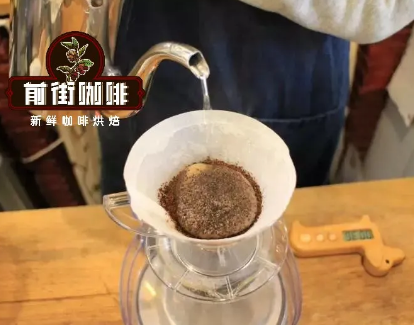
Recommended parameters in front street: V60 filter cup, water temperature 90 ℃, ratio of water to powder 1:15, powder quantity 15g, grindness BG#6m (size of fine sugar)
Qianjie coffee is extracted by stages, the amount of steaming water is twice as much as that of coffee powder, that is, 30 grams of water is steamed for 30 seconds, the small flow is injected around to 125 grams, and the water level is about to be exposed when the powder bed is about to be exposed, continue to inject water to 225 grams to stop, the whole extraction time is 2 minutes.
Brewing flavor: balanced and warm sweet osmanthus honey and elegant fullness not thick taste, brewing coffee emitting mulberry aroma makes people feel sweet and happy, the aftertaste has a smooth malt taste, cold down like a cup of mulberry tea.
For more boutique coffee beans, please add private Qianjie coffee on Wechat. WeChat account: kaixinguoguo0925
Important Notice :
前街咖啡 FrontStreet Coffee has moved to new addredd:
FrontStreet Coffee Address: 315,Donghua East Road,GuangZhou
Tel:020 38364473
- Prev
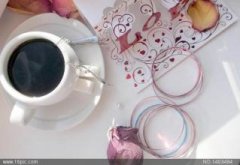
About Kona Coffee: Hawaii Coffee Region Kona Coffee Illustration
Hawaiian Kona coffee beans are the most beautiful coffee beans in the world. They are unusually full and shiny. Kona coffee beans are evenly shaped, with intense acidity and sweetness. They taste moist and smooth. Hawaii's unique volcanic climate creates the unique aroma of Kona coffee because it grows on volcanoes, and it has a high density of artificial cultivation, so each bean
- Next
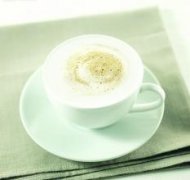
A brief introduction to Kona Coffee Culture in Hawaii and some related knowledge
Hawaii Kona Coffee Culture. Hawaiian Kona Coffee Culture the Kona coffee beans produced in Hawaii have the most perfect appearance. Their country is extremely full and shiny, and it is the most beautiful coffee bean in the world. The coffee is smooth and fragrant, with an attractive nutty flavor and a balanced acidity, as charming as the colorful colors of the island of Hawaii.
Related
- Does Rose Summer choose Blue, Green or Red? Detailed explanation of Rose Summer Coffee plots and Classification in Panamanian Jade Manor
- What is the difference between the origin, producing area, processing plant, cooperative and manor of coffee beans?
- How fine does the espresso powder fit? how to grind the espresso?
- Sca coffee roasting degree color card coffee roasting degree 8 roasting color values what do you mean?
- The practice of lattes: how to make lattes at home
- Introduction to Indonesian Fine Coffee beans-- Java Coffee producing area of Indonesian Arabica Coffee
- How much will the flavor of light and medium roasted rose summer be expressed? What baking level is rose summer suitable for?
- Introduction to the characteristics of washing, sun-drying or wet-planing coffee commonly used in Mantenin, Indonesia
- Price characteristics of Arabica Coffee Bean Starbucks introduction to Manning Coffee Bean Taste producing area Variety Manor
- What is the authentic Yega flavor? What are the flavor characteristics of the really excellent Yejasuffi coffee beans?

